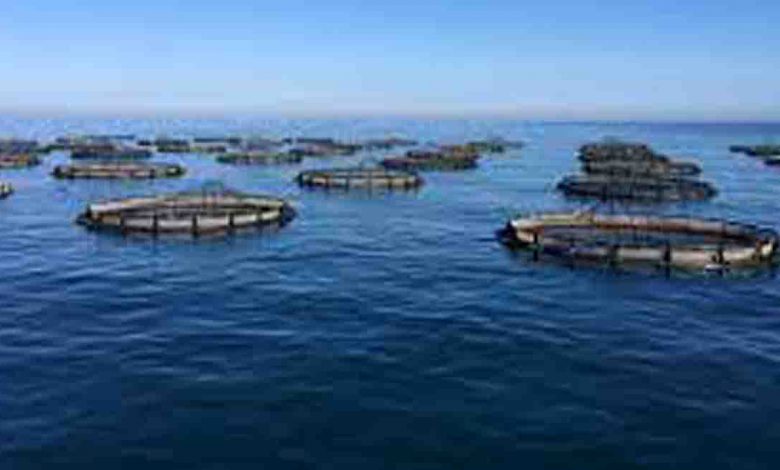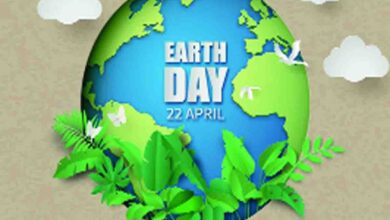Time ripe for coastal States to prepare blue economy strategy

Friday, 10 June 2022 | Shaji Baby John
GUEST COLUMN
 Shaji Baby John
Shaji Baby John
The nearly 8,000 kilometres long coastline spread over nine States as one of the key determinants in shaping the future of India’s blue economy is well known among people familiar with the maritime resources of the country. The recognition of the economic and strategic importance of the vast coastline is evident from the importance accorded to it in the Blue Economy Framework released a year ago. The coastal States and along with the over two million square kilometre exclusive economic zone of India were the two pivotal points identified in the framework for rapid and sustainable economic development using the maritime resources. The framework is an important document with clarity and vision. The time is ripe for the coastal States to take proactive measures to actualise the vision espoused in the framework. The first step in this direction depends largely on the ability of the coastal states to formulate and implement blue economy policies in accordance with the objectives of the framework.
Importance of State-level blue economy policies:
The Indian coastal system is not a single entity. The coastline is as diverse as the country. The priority before every coastal State is preparation of a blue economic policy based on the needs of the state in tune with the framework prepared by the Prime Minister’s Economic Advisory Council. The formulation of State-level policy assumes importance as each State is known to have a unique coastal ecosystem. The coastal ecosystem in Kerala differs from the same prevailing in its neighbouring states of Tamil Nadu or Karnataka. The agro-climatic conditions in Kerala coast with its long monsoon season do not have much in common with the relatively dry and arid topography of the Tamil Nadu coastline. The same could be true in the case of Maharashtra and Gujarat or West Bengal and Odisha. The social, economic and cultural differences among coastal communities, differences in fishing culture, spatial habitats, diversity in popular fish species, agro-climatic conditions etc varies from State to State. The one size fits all approach would do more harm than good in such a situation. Each of the coastal states opting to formulate its own blue economic policy without prejudicing the national goal would be the ideal solution to overcome such difficulties.
Stakeholder Dialogue:
Holding a state-level stakeholder dialogue and consultations involving Central and State Government agencies, research institutions, fishing community, fish farmers, fishing industry, investors, technology vendors and financial institutions could be the beginning of such an exercise. The stakeholder dialogue assumes importance in the background of the information explosion happening in the area of blue economy in the past few years. The level of scientific knowledge, technological advances and ecological vulnerabilities is taking place on such a fast scale that makes knowledge sharing a precondition for any meaningful policy formulation. A couple of stakeholder dialogues have already taken place in the country at the national and state levels. ‘Blue Economy: Global Best Practices; Takeaways for India and Partner Nations’ FICCI-KAS Report 2019 is a good example of such practices. The State-level policy would help in developing national level policy prescriptions with limited scope for regional imbalances. The state-level policy making would also help in developing the possibilities for more equitable global linkages in terms of trade relations, technology transfer and investments.
Priority Areas:
The policy formulation on blue economy by every coastal State would provide an opportunity for SWOT analysis (Strength, Weakness, Opportunity, Threat) of the potential in each of these States. It should be mentioned that the term blue economy embraces a broad spectrum of areas such as coastal infrastructure, tourism, aquaculture, mariculture, ocean resources, wind and wave energy potential and many other areas. In the Indian context, the Sagarmala project has already emerged as a critical component of the blue economy related infrastructure project. The State-level policy formulation would be relatively easy due to the very high availability of information on best practices connected with the blue economy. The FICCI-KAS report could be taken as an example in this regard. The report highlights the stakeholder consultations held in the states of Kerala, Gujarat and Andhra Pradesh. After careful summary of few well known facets of Kerala such as the long maritime history, rich natural resources, quality workforce and global health standards the report stated, “Pressures of economic growth and employment generation would demand Kerala to give much higher priority to the economic harnessing of their ocean resources, especially ports and shipping, marine manufacturing, fisheries, tourism and marine research.” The report has, however, insisted on the absolute necessity of such initiatives “to be fully sustainable for preserving these vital resources in the long run, which converts Kerala into a prime mover of Blue growth in India.”
In the case of Gujarat the report identifies offshore renewable energy, marine education and research as the core areas of blue economy along with shipping, ports and maritime logistics, tourism, fisheries, mariculture and aquaculture. In the case of Andhra Pradesh shipping, ports, maritime logistics, tourism, fisheries, mariculture and aquaculture, marine education and research were identified as the key areas of blue economy projects.
I have highlighted these points to drive home the point that the roadmap and the methodology for preparing a blue economy framework is readily available at various levels. Reports from various entities such as Food and Agriculture Organisation (FAO) Organisation for Economic Cooperation and Development (OECD) and several others also provide necessary inputs for policy formulation. The Government of India is already in advanced negotiations with several countries for setting up partnerships in the area of blue economy and ocean governance.
The joint statement issued by India and France in February 2022 is an example of this trend. “India and France plan to set up an India-France partnership on the blue economy and ocean governance whose scope will encompass maritime trade, marine trade in services, ports, the naval industry, fisheries, marine technology and scientific research, ocean observation, ocean modelling and forecasting services, marine biodiversity, marine protected areas, renewable marine energy, marine manufacturing industries, marine ecosystem-based management and integrated coastal management, marine eco-tourism, inland waterways, cooperation between competent administrations on civil maritime issues, marine spatial planning as well as international law of the sea and related multilateral negotiations.” The coastal States in the country will be having a key role in all these areas in one way or the other that calls for clear and transparent policy guidelines. The time is ripe for the coastal states to act and take the best out of the existing potentials and emerging opportunities.
(The author is the chairman of Kings Infra Ventures Limited who also writes on the blue economy and sustainable food production system. Views expressed are personal)





